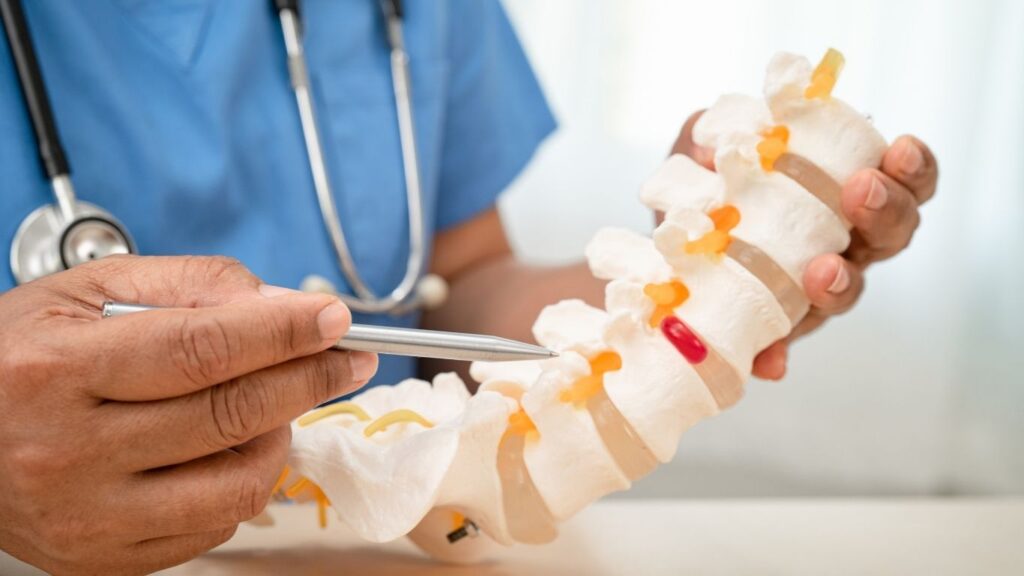Traumatic spinal cord injury (SCI) is a severe condition that can lead to permanent
disability, loss of motor and sensory functions, and complications affecting various organs.
In addition to the physical consequences, it has a significant psychological and social
impact, and currently, therapeutic options capable of restoring lost functions are limited.
In recent years, regenerative medicine has opened new perspectives through the use of
mesenchymal stem cells (MSCs). In particular, MSCs derived from Wharton’s jelly — a
tissue from the umbilical cord rich in primitive, low-immunogenic cells — have shown, in
laboratory studies, the ability to modulate inflammation, protect neurons, and stimulate
tissue regeneration.
The clinical study
A recent multicenter, open-label phase I study (meaning without a control group, where all
participants receive the treatment) evaluated the safety and feasibility of administering
these cells (WJ-MSCs) to people with chronic complete spinal cord injury, present for at
least six months.
To maximize efficacy, the cells were administered simultaneously via three routes:
Intrathecal (directly into the cerebrospinal fluid, to act on the spinal cord)
Intramuscular (to stimulate the affected muscles)
Intravenous (for a systemic and immunomodulatory effect)
Each patient received four treatment cycles over two months, with a dosage of 1 million
cells per kilogram for each route of administration. Follow-up lasted one year.
The results
At the end of the one-year observation period, significant improvements were recorded in
several areas:
Motor function: Increase in ASIA Motor score and Functional Independence
Measure (FIM Motor), with clear progress after 2 months and maintained up to one
year.
Sensory function: Improvements in light touch and pinprick sensitivity tests.
Reduction of spasticity: Ashworth scale scores decreased by more than two-
thirds compared to baseline.
Bladder and bowel control: Improved scores for urinary incontinence (Qualiveen
Short Form) and bowel incontinence (Wexner Incontinence Score), with a positive
impact on quality of life.
No serious adverse events related to the treatment were observed. Reported side effects
— mild and transient fever, headache, or muscle pain — were rare, short-lived, and easily
managed.
Significance and perspectives
The data from this study indicate that therapy with WJ-MSCs, administered through
multiple routes simultaneously, is safe and can lead to tangible improvements in motor and
sensory functions as well as quality of life, even in patients with chronic complete spinal
cord injury — a condition traditionally considered difficult to recover from.
It is important to note that, since there was no control group and patients continued with
standard rehabilitation and pharmacological therapies, it is not possible to attribute all
benefits exclusively to stem cell therapy. However, the extent and consistency of the
observed improvements make it plausible that WJ-MSC therapy played a key role,
confirming its potential as one of the most promising strategies under development to
promote neurological recovery in this complex clinical field.
Source:
Kaplan N, Kabatas S, Civelek E, Savrunlu EC, Akkoc T, Boyalı O, Öztürk E, Can H, Genc
A, Karaöz E. Multiroute administration of Wharton's jelly mesenchymal stem cells in
chronic complete spinal cord injury: A phase I safety and feasibility study. World J Stem
Cells. 2025 May 26;17(5):101675. doi:10.4252/wjsc.v17.i5.101675


